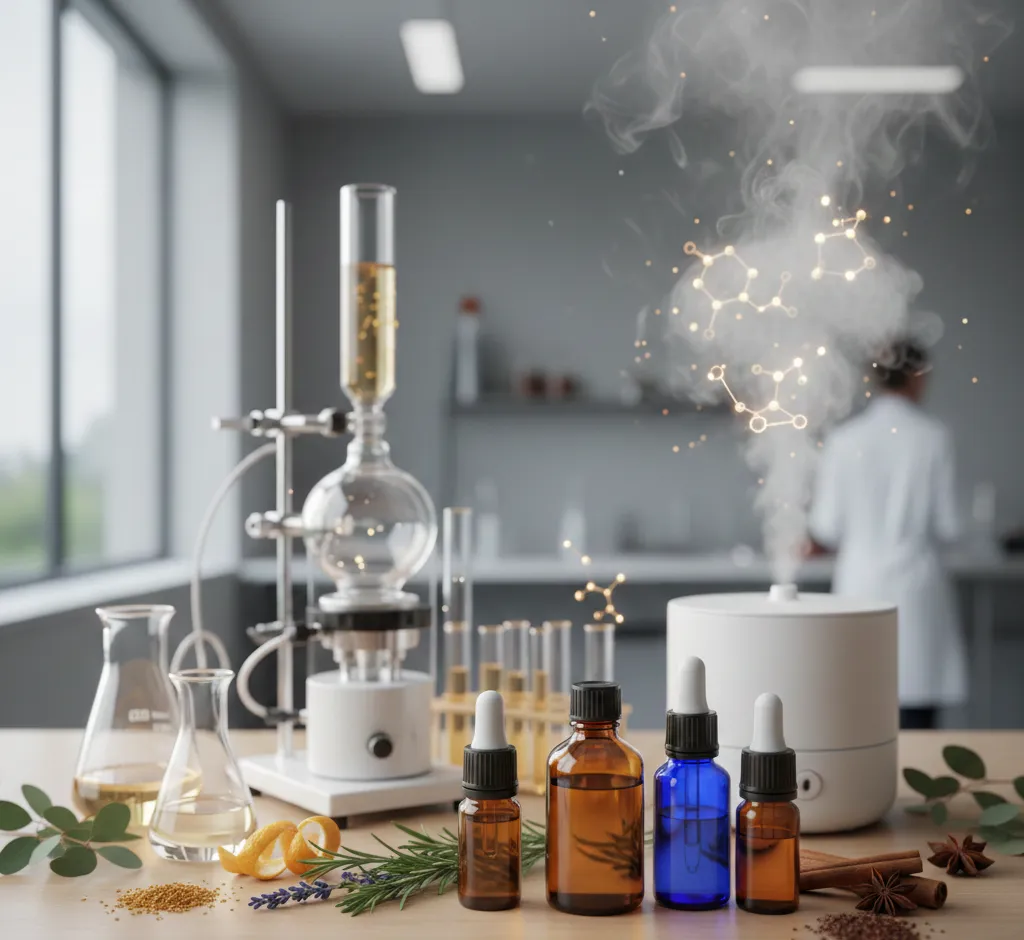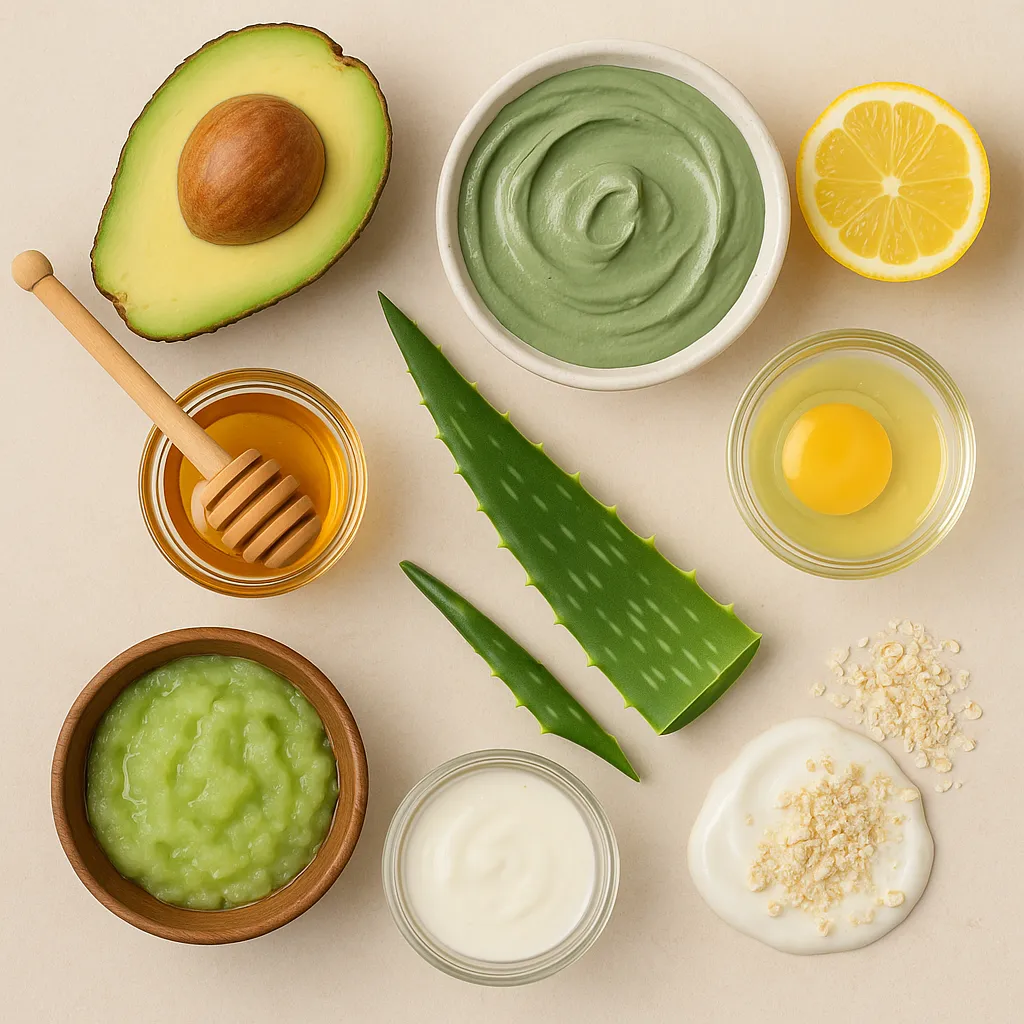The Modern Science of Essential Oils: From Aromatherapy to Clinical Research
Explore the science behind essential oils. Learn how modern clinical research is validating the antimicrobial, anti-inflammatory, and neurocognitive benefits of natural plant extracts.

Unveiling the Chemistry Behind Nature's Remedies
For centuries, essential oils have been revered for their aromatic and purported therapeutic properties. Derived from plants, these concentrated extracts capture the plant's scent and flavor, often holding its most potent chemical compounds. In the past few decades, **modern science** has moved beyond anecdotal evidence, focusing on rigorous **clinical research** to understand the true potential of essential oils.
The Chemical Composition: Key to Efficacy
Essential oils are complex mixtures, each containing dozens, sometimes hundreds, of different chemical constituents. The therapeutic effect of a specific oil is not due to a single compound but rather the **synergistic action** of its entire chemical profile. Key classes of compounds include:
- Terpenes and Terpenoids: Such as **limonene** (found in citrus oils, studied for anti-inflammatory and antioxidant properties) and **linalool** (found in lavender, linked to sedative and anxiolytic effects).
- Phenols: Such as **carvacrol** and **thymol** (found in oregano and thyme), known for their powerful **antimicrobial** activity.
- Esters: Responsible for calming aromas and often studied for their relaxant properties.
The specific ratio and concentration of these molecules dictate the oil's efficacy and safety, making **quality control** and **standardization** paramount in modern research.
Evidence-Based Applications
Antimicrobial and Antifungal Action
Perhaps the most extensively studied area is the **broad-spectrum antimicrobial activity** of essential oils. Studies have shown that oils like **Tea Tree**, **Oregano**, and **Clove** can disrupt the cell membranes of various bacteria (including antibiotic-resistant strains like MRSA) and fungi (like *Candida albicans*). This potential positions essential oils as promising candidates for natural disinfectants and complementary treatments against infectious diseases.
Neuroscience and Mental Health
The use of essential oils for **mood regulation** and **stress reduction** is the cornerstone of modern aromatherapy. Research explores the interaction of volatile aromatic compounds with the **olfactory system**, which has a direct pathway to the brain's **limbic system**—the center for emotion and memory. **Lavender** (*Lavandula angustifolia*), for example, has been shown in human trials to modulate GABA neurotransmitter activity, producing measurable **anxiolytic** (anti-anxiety) and **sedative** effects. Other oils like **Bergamot** and **Rosemary** are being investigated for their potential to enhance alertness and cognitive performance.
Anti-inflammatory and Analgesic Effects
Many essential oils exhibit significant **anti-inflammatory activity**, often by inhibiting pro-inflammatory enzymes like COX-2, similar to how NSAID medications work. Oils rich in compounds like **eucalyptol** (from Eucalyptus) and **methyl salicylate** (from Wintergreen) are commonly researched for topical applications to alleviate pain in conditions like arthritis and muscular soreness.
Safety, Quality, and the Future of Research
While the scientific evidence is compelling, researchers emphasize the importance of **safe and informed use**. Essential oils are highly concentrated and can cause irritation or toxicity if misused. The focus of future research includes:
- **Mechanism Elucidation:** Pinpointing the exact molecular targets for therapeutic effects.
- **Delivery Systems:** Developing nanoemulsions and liposomal encapsulation to improve **bioavailability** and target-specific tissues.
- **Standardization:** Establishing rigorous chemical profiles to ensure consistent, reproducible results in clinical trials.
The integration of traditional knowledge with cutting-edge analytical chemistry and clinical pharmacology is transforming essential oils from ancient remedies into a respected component of complementary and integrative health care. This scientific approach ensures that their use is not just fragrant, but **firmly evidence-based**.


